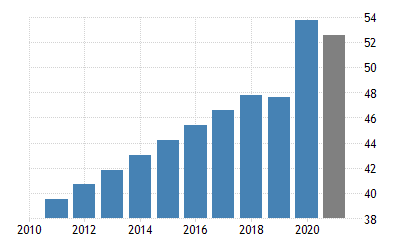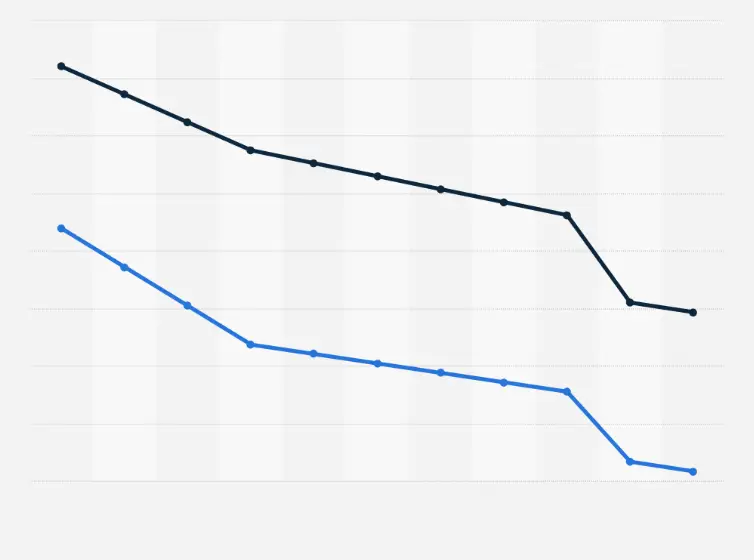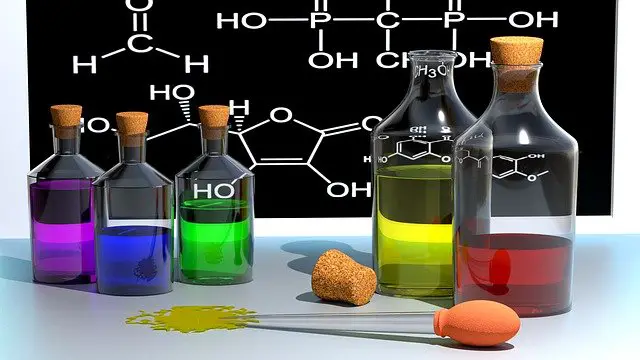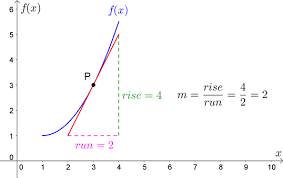The relationship between two variables can be represented graphically.
When the rate of change for both variables is constant, the relationship between these two variables is represented by a straight line.
When the rate of change is constantly varying, the relationship between the two variables is represented graphically by a curve.
Instantaneous rate of change is the rate of change at any particular point on the curve.
The following are some examples of instantaneous rate of change in real life.
1. Velocity

Velocity is used to describe the rate of change of position by an object in respect to time.
Velocity describes how objects are moving through space, over the ground or in the air i.e. their displacement.
It describes how fast the object is moving at anywhere along a given path.
Car manufacturers use instantaneous velocity to describe how powerful their engines are. For example, a manufacturer may say that their car can go from zero to 100mph in 8 seconds.
The velocity of the car at a given time (8 seconds) will be 100mph.
2. Acceleration

Acceleration describes the rate of change in velocity of an object with respect to time. It describes the change in velocity of a moving object at a given instant in time.
For example, acceleration can be used in sports such as baseball in determining how effective a training regimen is.
Team statisticians will consider the acceleration of the baseball as it is struck by a bat to determine improvements in power of players.
3. Population growth rate

Population growth rate is used to analyze the rate at which a population increases.
It can be used to predict the population of a specified region at a specific time.
Biologists use population growth rate to determine by how much a colony of bacteria will have grown in a given period of time and therefore identify conditions that encourage or discourage their growth.
4. Mortality rate

Mortality rate is used to describe the number of deaths that occur in a given population within a specified period.
Epidemiologists use mortality rate to predict the rate of deaths within a specified period.
Mortality rate helps public health authorities better gauge the performance of their health care system.
It is also used to determine the impact of threats to health such as nutritional deficiencies or infectious diseases.
5. Marginal revenue

Marginal revenue is used by businesses in cost-benefit analysis. It is the increase in revenue that a business would earn from adding a single unit to their output.
Businesses use marginal revenue to determine by how much they can increase their income if they were to add a single unit to their sales before their revenue will begin to slow down.
Companies use this model to maximize their profits. They can determine the optimum levels of production or stocking in products to produce maximum profits.
Firms also use this to determine whether they should halt the production of an item or the offering of a service.
Also Read: 11 Angular Velocity Examples in Real-Life
6. Instantaneous rate of a reaction

The instantaneous rate of a reaction is the rate at which a chemical reaction is taking place at a given moment in time.
It is a measure of the change in concentration of the reactants and the products at any specific time.
Test strips used by healthcare workers apply this concept. Health workers use disposable test strips to determine the concentration of various substances in bodily fluids such as urine.
The test strips are dipped in the urine sample. The healthcare worker will wait for a specified amount of time to get a reading.
The results shown on the test strips are a reflection the concentration of reactants and products at a given moment in time.
7. Instantaneous voltage

Instantaneous voltage is the value of alternating current voltage in a cycle at a particular instant in time. It is the voltage between two given points at any given moment in time.
Electricians use instantaneous voltage to determine the desired voltage across different parts of a circuit. They use this to determine what capacitors and inductors to include in printed circuit board(PCB) design.

